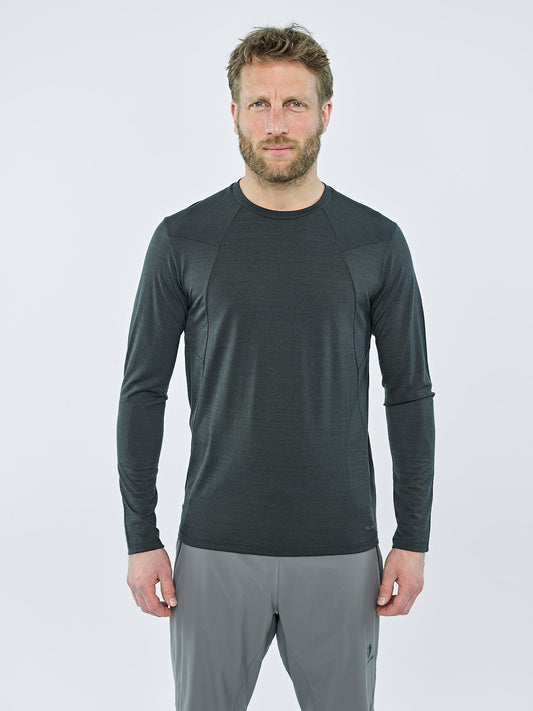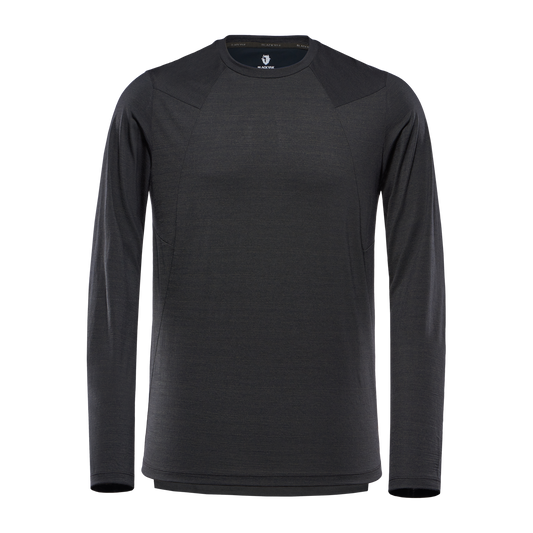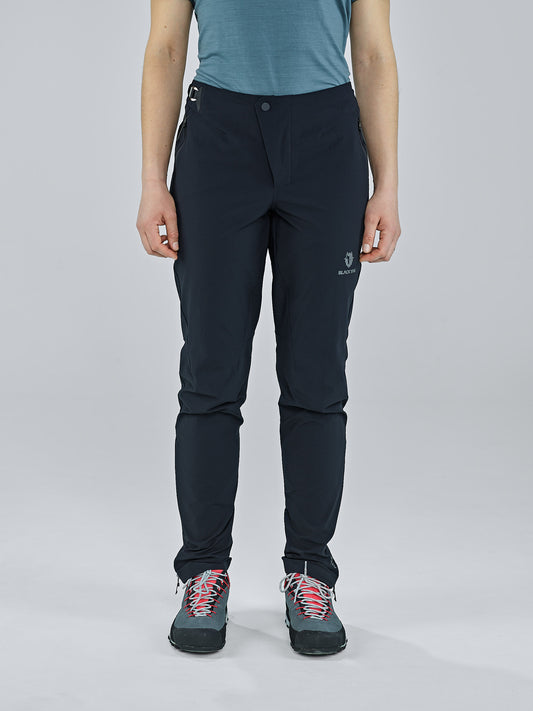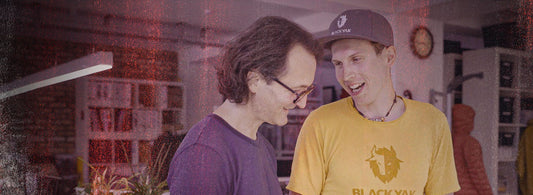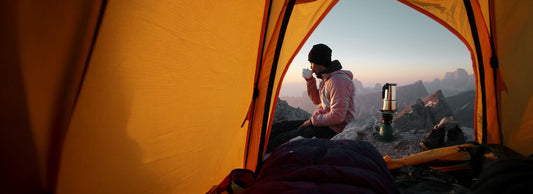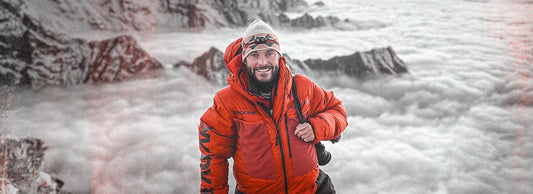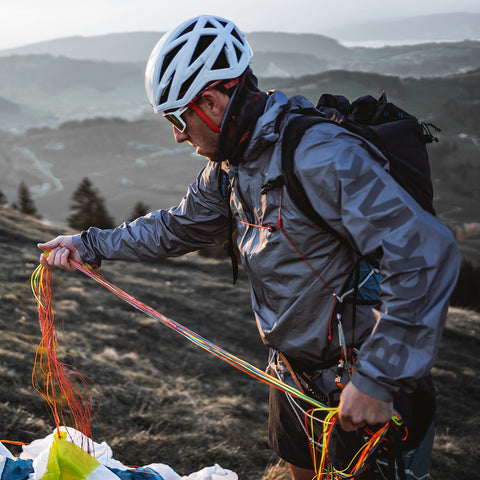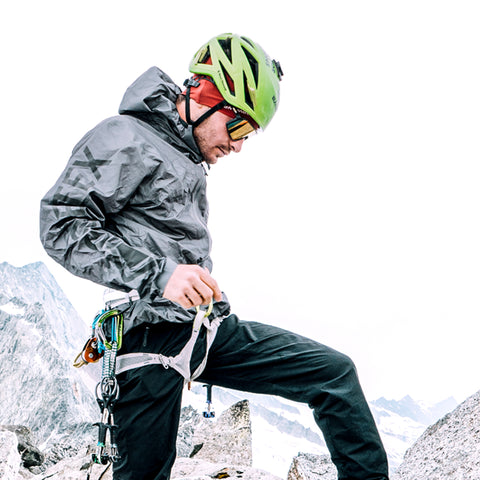With little expectation, Christoph, Franz, and I ventured into the unknown in northern Kyrgyzstan. Our original Plan A was to travel to the south and repeat some existing climbing routes. However, due to nearby border unrest, we had to make a spontaneous change. Long story short: we packed hand drills, plenty of slings, and even more pitons, and soon found ourselves in the Ala-Archa National Park. We didn’t know much, only that the valley was well-developed for hikers and that some ice walls had already been climbed. On our way up to the glacier, we discovered breathtaking granite walls with fantastic crack systems at around 3,000 meters above sea level. It was immediately clear to us that we had to give these walls a try. So, we pitched our tent and spent hours staring into the dark with binoculars, scouting potential routes and first ascents. We quickly realized that these walls had not yet been touched by climbers, which made it all the more exciting for us to embark on our first ascent.

Route 1: Taxi Razul
- L1: 3 | 20 m
- L2: 6b | 20 m
- L3: 6b | 30 m
- L4: 6a | 45 m
- L5: 6a+ | 20 m
- L6: 6c+ | 35 m
- L7: 6a | 55 m
- L8: 4 | 15 m
Route 2: Angry Bird
- L1: 6c | 45 m
- L2: 7c | 30 m
- L3: 6a | 30 m

Route 3: Crackdream
- L1: 7a | 30 m
- L2: 6c | 15 m
- L3: 7c+ | 30 m
- L4: 6b+ | 30 m
- L5: 6a | 25 m

Route 4: Open Book
- L1: 7a | 25 m
- L2: 7b+/6c A2 | 20 m
- L3: 6b | 25 m
Chrischi somehow managed to retrieve the gear I had left on the pitch. We quickly agreed that it was time to rappel back down. Thankfully, we had already set up the rappel station. The feeling of standing on solid, flat ground again was indescribable. In hindsight, I learned more from this situation than from any other climbing experience. Sometimes, a guardian angel is with you up there, but you shouldn’t rely on them too often. Back at the tent, Franz was waiting anxiously for us. I hugged him tightly and didn’t want to let go. There will always be situations like this in the mountains. The important thing is to learn from them. In Bishkek, the capital of Kyrgyzstan, we treated ourselves to some well-deserved rest and relaxation. It was incredible to reflect on everything we had accomplished! At this point, I could keep writing endlessly since we were only halfway through our trip to Kyrgyzstan. However, to keep this report from getting too lengthy, I’ll save the rest for the second part of our journey, which will be shared in a few weeks.

-
MEN'S KABRU MERINO ROUNDNECK LONGSLEEVE
Perspiration is not a phenomenon that only occurs in summer. Especially fans ...Regular price 95,00 €Regular priceUnit price per -
WOMEN´S DANGI OUTDOOR PANTS
The DANGI PANT is a lightweight and comfortable all-round outdoor pant made o...Regular price 190,00 €Regular priceUnit price per


